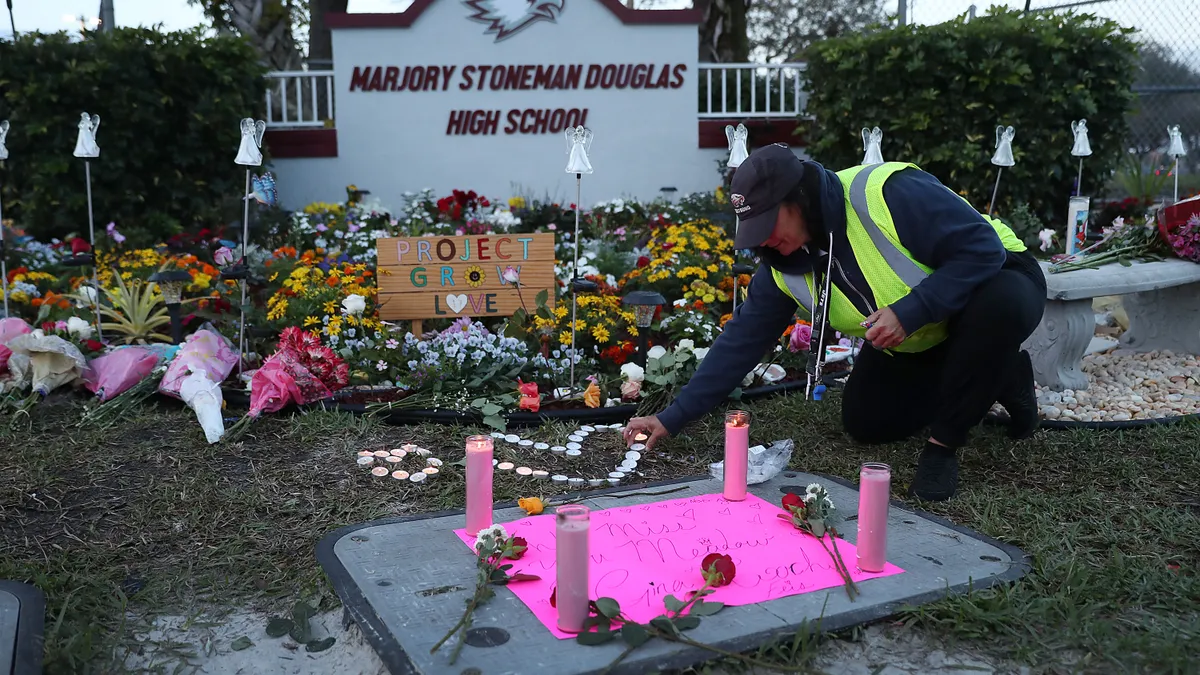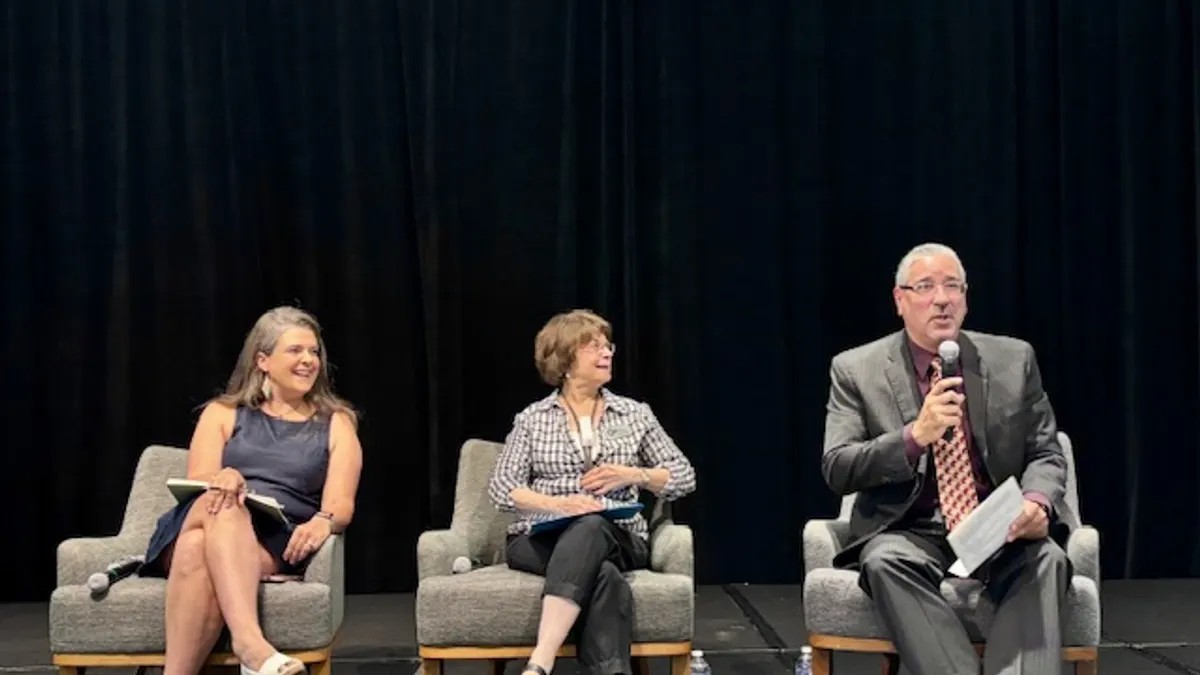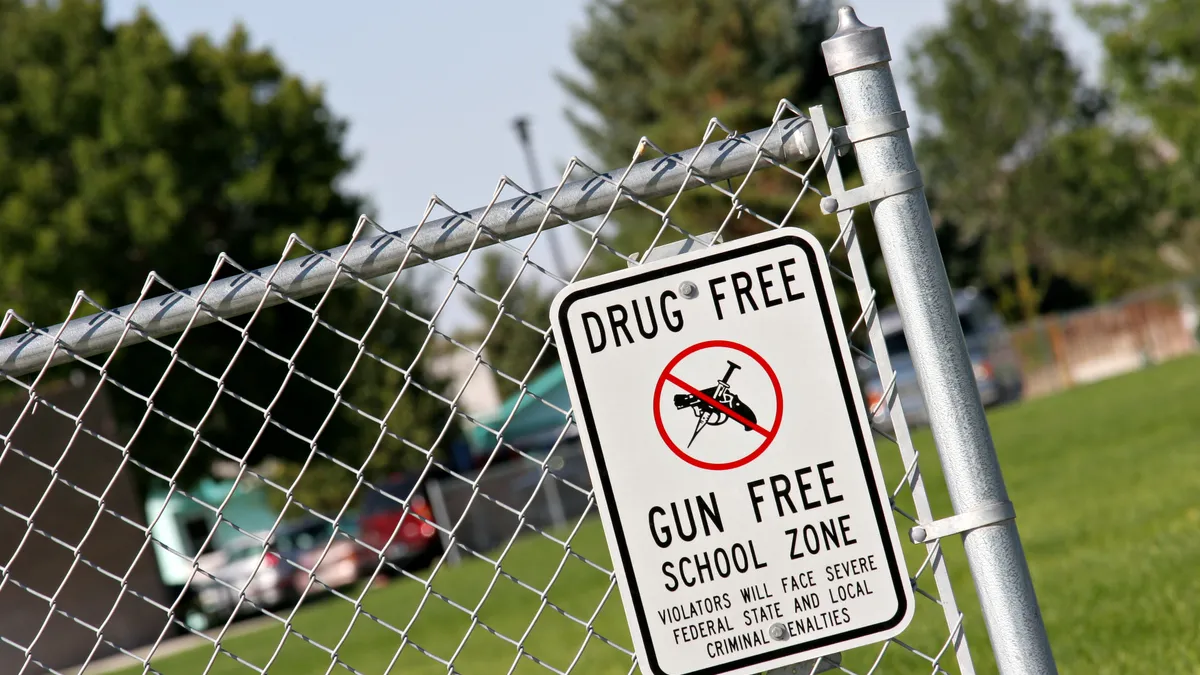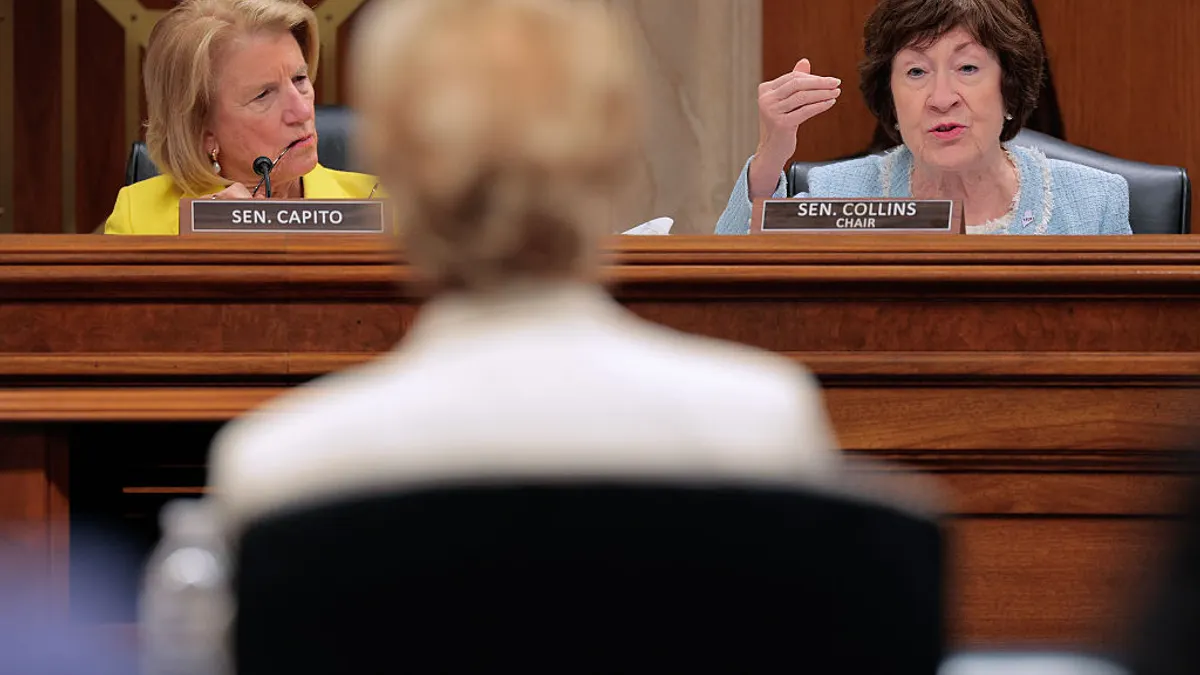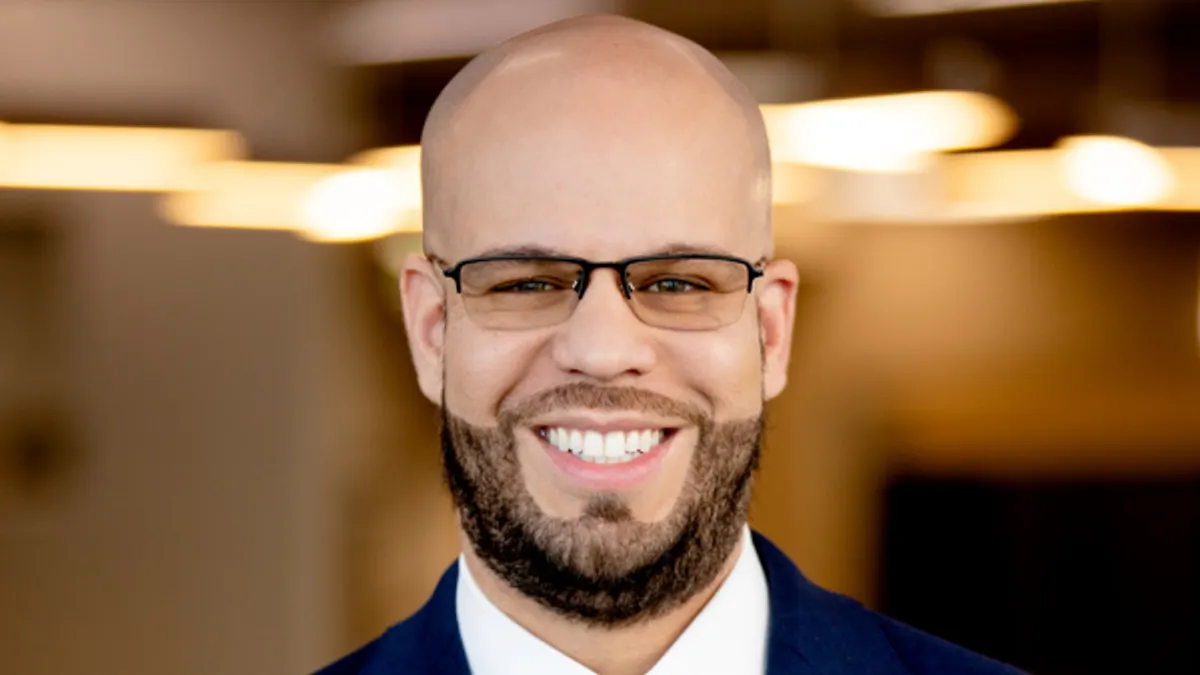When a mass shooting unfolded at Marjory Stoneman Douglas High School in Parkland, Florida, on Feb. 14, 2018, Lisa Wobbe-Veit’s son was on campus in lockdown.
While she waited for the crucial phone call to pick up her son, Wobbe-Veit began emailing school and local government officials. In the following months, Wobbe-Veit, an associate professor of social work practicum education at the University of Southern California, volunteered to facilitate communications between the most- impacted families of the shooting that killed 17 and wounded others.
Now, Wobbe-Veit works as a trauma and recovery consultant for Broward County Public Schools and as a family liaison at Marjory Stoneman Douglas.
“My role really began at the day of the tragedy,” Wobbe-Veit said. “As an academic, I wanted to provide the numerous resources that are out there in regards to speaking to children about mass violence.”
Michelle Kefford, meanwhile, took the helm as principal of Marjory Stoneman Douglas in 2019, thereby stepping into a key role to help the school community heal in the aftermath of the tragedy.
During a virtual K-12 School Safety Summit held by the Cybersecurity and Infrastructure Security Agency on Thursday, Kefford and Wobbe-Veit shared how they combined their expertises in school leadership and mental health to guide the recovery.
“It was that collaboration and those joint efforts that really helped us to be effective in leading those recovery efforts,” Kefford said. “Lisa had never run a school. I had never been a mental health professional nor had I ever worked through a traumatic event.”
Model approach for navigating mass trauma
Kefford and Wobbe-Veit developed a model that other school leaders can adopt should they find themselves in the unfortunate wake of a mass school tragedy.
Tapping into their two perspectives helped ensure the model’s success in their school community’s healing process, Kefford said. School leaders looking to implement this approach should assemble a team that includes a mental health professional and a school leader or school business official, she said.
In the ongoing aftermath of that tragic day, Wobbe-Veit focused her attention on providing support plans for the 33 families most affected – those whose children were murdered or injured. Meanwhile, Kefford worked to support the school community, uplift safety on the campus and bring back joy to the school environment.
Overall, their model has three fundamental concepts: facilitating communication, providing psychological first-aid, and using a situational and holistic approach.
Communication needs to be constant, consistent and uniform, Kefford said. That’s why she and Wobbe-Veit collaborate on every piece of communication released to anyone involved in the healing process.
“When Lisa’s putting something out to the families, we always run through it together just to ensure there’s a consistent message and ensure that we don’t miss anything,” Kefford said. And the same goes the other way when Kefford prepares to communicate with the entire school community. Together, they make sure messages are sensitive, timely and correct.
School leaders need to be mindful and critically think about the ways they use specific language in school messaging, Wobbe-Veit added.
“I’m very careful to look at everything through the mental health lens. The word ‘trigger’ for a family member whose loved one was taken by a firearm, might be very distressing,” Wobbe-Veit said. “I never say ‘loved ones who were lost.’ Those families’ loved ones were murdered. When we really are looking to safeguard our language, sometimes we are minimizing someone else’s experience. ”
Another approach in the model includes psychological first aid, which is an evidence-informed approach that looks to support individuals’ short-term and long-term needs, Wobbe-Veit said. The steps to address people’s needs in the aftermath of a tragedy require leaders “to listen, protect, connect, model and teach,” she said.
Psychological first aid should also continually assess and evaluate how schools provide individuals with the support that they need now while helping connect them to long-term resources, according to Wobbe-Veit. Psychological first aid is not just a tool used by mental health professionals — school leaders need to inform their staff about the approach as well, so they can provide support to each other as well as individuals most impacted by the tragedy.
The final aspect of the model requires situational and holistic approaches, Kefford said. That could mean school leaders making modifications to their approach, she said, while also acknowledging that not everyone’s healing process is the same. School leaders should also ensure that everyone’s needs — including those of staff — are met.
“Every tragedy, every trauma event is very different. The needs are very different. The details are very different,” Kefford said. “So it’s about being flexible and sensitive to the specific situation that is in front of you.”



